I have an Arduino UNO driving a 8 x WS2812 strip but only the rightmost three of the strip are lighting up. The UNO should be able to deliver current for more than 3 WS2812s. That previous link states a 200mA max on Vcc so I should be able to see ~6-8 of the LEDS depending on the current draw. I was reading ~45-55mA when displaying some basic RGB colors on the strip and was reading 115-120mA when all 3 were being driven to provide a white hue (i.e. all 3 internal LEDS to the WS2812 on). This is a little lower than what the spec sheet states as they said ~50-60mA for all three internal LEDs on to produce white.
I'm powering from the USB port of a laptop, but have also used a 5V 1A USB wall wart with no change in the number of WS2812s lighting up.
I can add in a standalone WS2812 to the circuit with no problems, so I'm unclear as to why the 8 x WS2812 is only partially lit. I've tried a second 8 x WS2812 and it behaves the same way, only lighting 3/8 of the LEDs. I've even soldered on Vcc + GND to the other end of the 8 X WS2812.
I have a small resistor on the data line per the Adafruit best practices. The 8 x WS2182 has built in power protection so it doesn't need a cap in front of it and I'm just being lazy for the single WS2812.
As you can see in the photo I am only partially lighting up the 8 x WS2812. The stand alone WS2812 works fine and removing it doesn't allow for another one on the 8 x to light up. The piece of paper is just there to get a decent picture as the LEDs are bright such that it is hard to take a picture that isn't overexposed.
The schematic is basically what I have. There wasn't an 8 x WS2812 in Fritzing but it basically would just be a drop in replacement for the single WS2812. I am using the pot as an input that the Arduino reads and based on that reading changes the color that is fed to the WS2812.
I realize that in the image above, I'm using an Arduino UNO and in the schematic I'm using a Nano.

